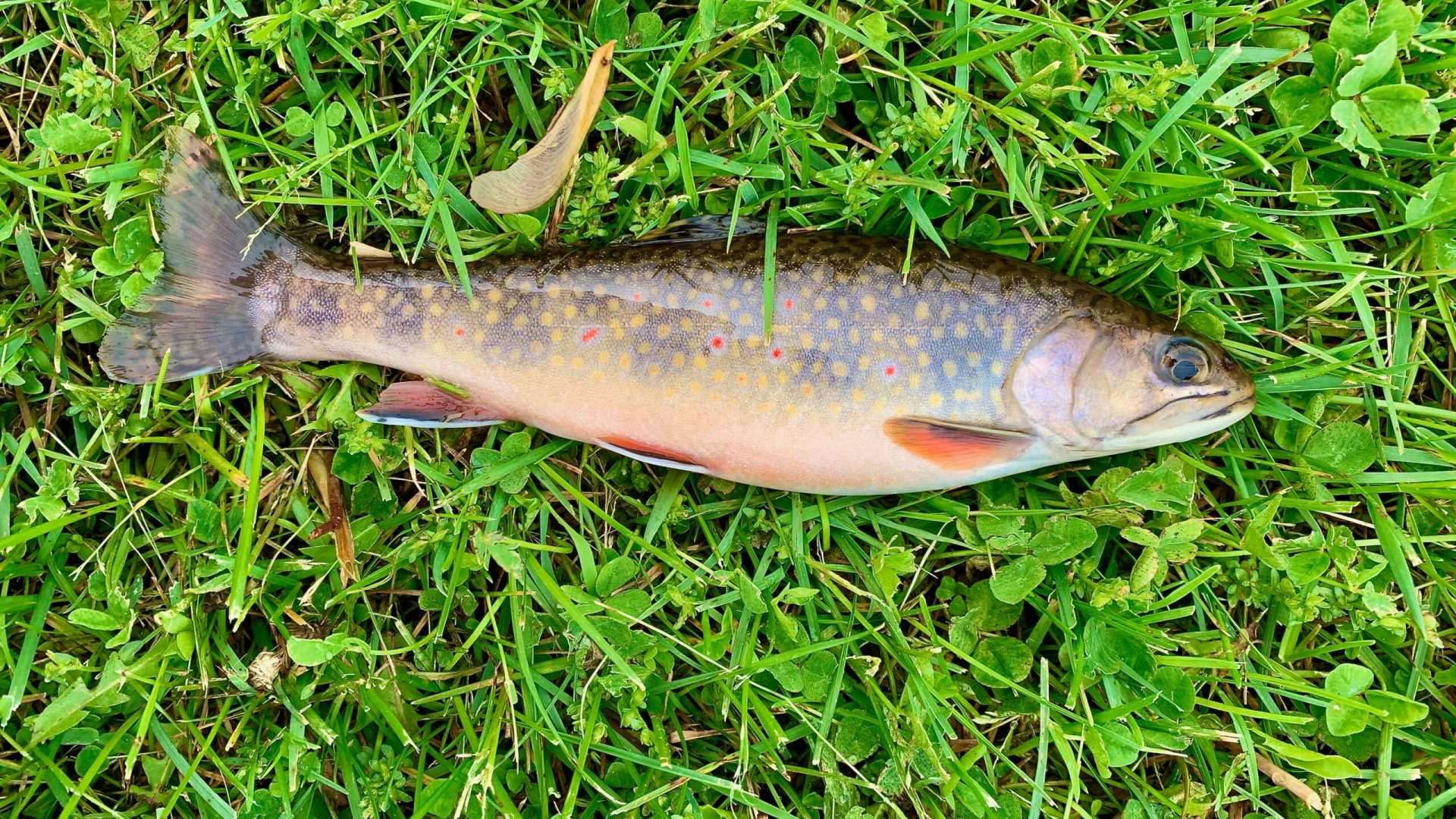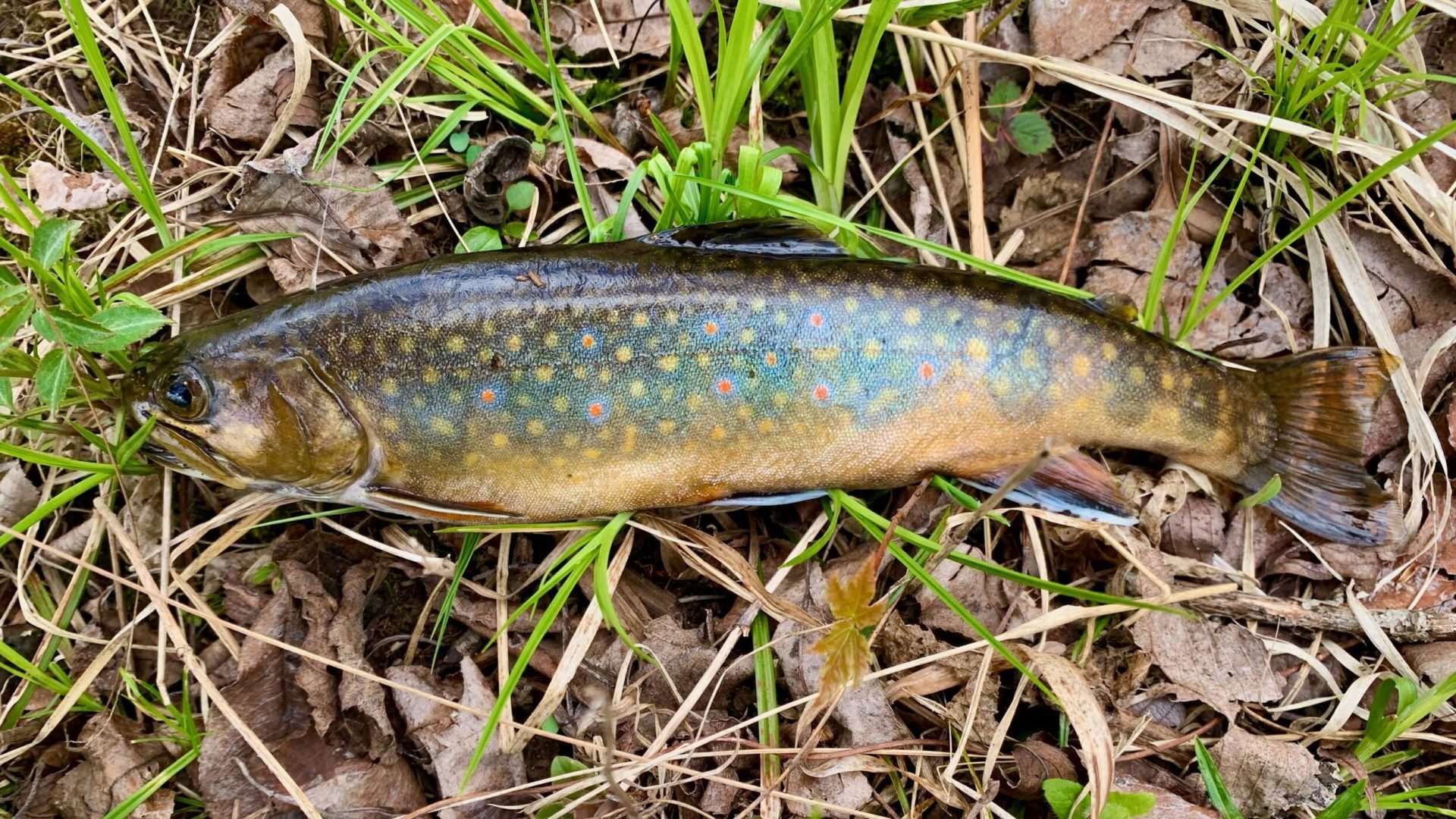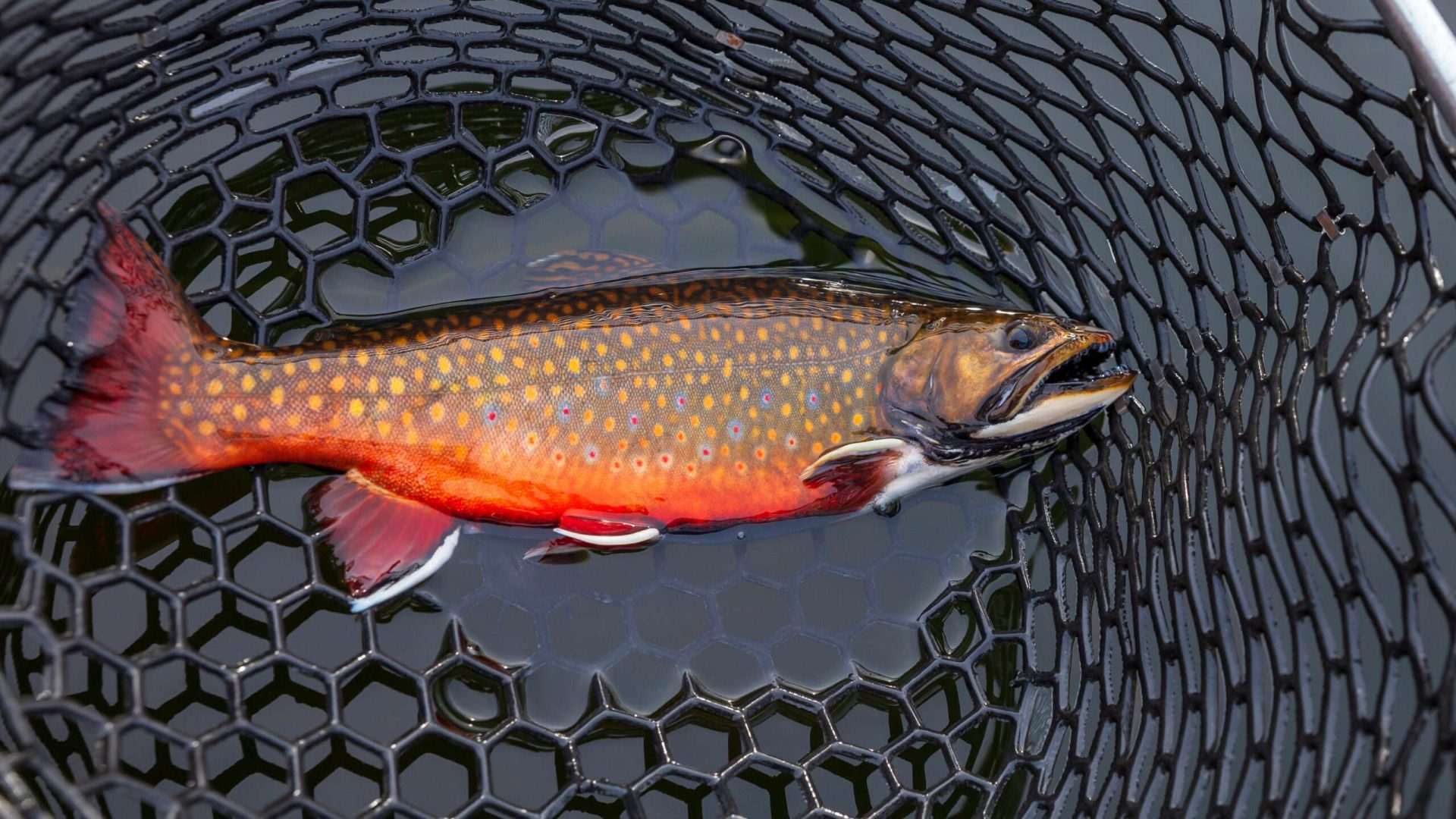Brook Trout
Scientific Name: Brook Trout Salvelinus Fontinalis
Toxicity Level
About The Fish
Brook Trout Salvelinus fontinalis
Brook Trout salmon family Salmonidae.
Found in Lakes and Rivers. The Trout is so beloved it Michigan became the state fish in 1965. Then 23 years later, lawmakers bestowed the title solely on brook trout, a native to the cold, clean streams of the Upper Peninsula and northern Lower Peninsula.
The brook trout is native to Michigan's waters and has been designated the state fish of Michigan. The fox river near Seney Michigan offers excellent fishing for native brook trout.
Brook trout are abundant in Northern Wisconsin an U.P. cold water, spring-fed streams, rivers, lakes and in the Great Lakes as well. Find water in the 40-50 degree range for ideal Brook Trout habitat.
Brook trout can be caught by using various baits and lures including worms, crickets, grasshoppers, flies, spoons, jigs and spinners. They can be found in deep holes and under the cover of logs or overhanging banks in many rivers and streams.
Spawning generally occurs for the brook trout in the cold, dark waters of the Upper Peninsula in the fall months of October and November.
Great Lake brook trout or coasters can attain larger sizes up to 25 inches and 10 pounds.
The best time of year to trout fish is in the spring and fall when the water is cooler and the trout are more active.
Hybrid Trout and variants come from mixing Brown, Book, and Lake trout making Tiger and Splake Trout. Rainbows can split to steelhead trout in the great lakes or live in local rivers as rainbows.
The splake is a fertile cross between two trout, the lake trout and the brook trout. This hybridization does not occur naturally.
Tiger Trout are the result of the mixing of female brown trout and male brook trout while Splake occur when a female lake trout and a male brown trout pair.
Splake are Trout both smaller, slimmer, and darker than lake trout. Lake trout have a pointier tail fin that is more deeply forked than that of the splake.
Health : Local waters have PCBs, dioxin, mercury, PFOS, and other chemicals that can be found in fish and stay in our environment for a very long time.
Be aware of the Michigan Department of Health and Human Services - The Eat Safe Fish Guide (ESF Guide)
Wisconsin has the a health guide for eating fish in Wisconsin - Choose Wisely Contaminate Advisories for Wisconsin
Fishing Season
Season: Trout, Salmon.
WICSONSIN
Early inland trout waters Catch and Release 5 am on the first Saturday in January to the Friday preceding the First Saturday in May at midnight
General Inland Trout Season First Saturday in May from 5:00 AM to October 15.
Trout Salmon Wisconsin Continuous except for the open season for lake trout is December 1 to September 30
Brule River (i.e., "boundary" Brule in Florence & Forest Counties) upstream from US Highway 2 Last Saturday in April to September 30
MICHIGAN
Brule River (i.e., "boundary" Brule in Florence & Forest Counties) upstream from US Highway 2 Last Sat. in April - Sep. 30
WI Fishing Hook & Line Record
Wisconsin Record Brook Trout (Inland).
Weight – 9 lbs. 15 oz. Length Unknown.
Date – 09/02/1944
Location Prairie River Lincoln County.
———————————————
Wisconsin Record Brook Trout (Outlying).
Weight – 10 lbs. 1 oz. Length 24.5 Inches.
Date – 06/08/1999
Location Lake Michigan Ozaukee County.
Trout, Splake (Lake x Brook) 17 lbs. 14.5 oz. 32.0 07/06/2002 Green Bay Marinette
Trout, Tiger (Brook x Brown, inland) 2 lb. 1 oz. 16.0 04/09/2018 Private pond Racine
Trout, Tiger (Brook x Brown, outlying) 20 lbs. 13 oz. 33.75 08/12/1978 Lake Michigan Sheboygan
MI Fishing Hook & Line Record
Michigan Record Brook Trout.
Weight – 9.5 lbs. Length 28.1 Inches.
Date – 1996
Type – Ice Fishing Minnow
Location Clear Lake Houghton County.
SPLAKE 17.5 34.5 2004 Spin-casting Kast Master Lake Michigan – Big Bay De Noc Delta
Michigan Hook and Line Records for Fishing
DNR Master Angler Michigan.gov Program and Map






